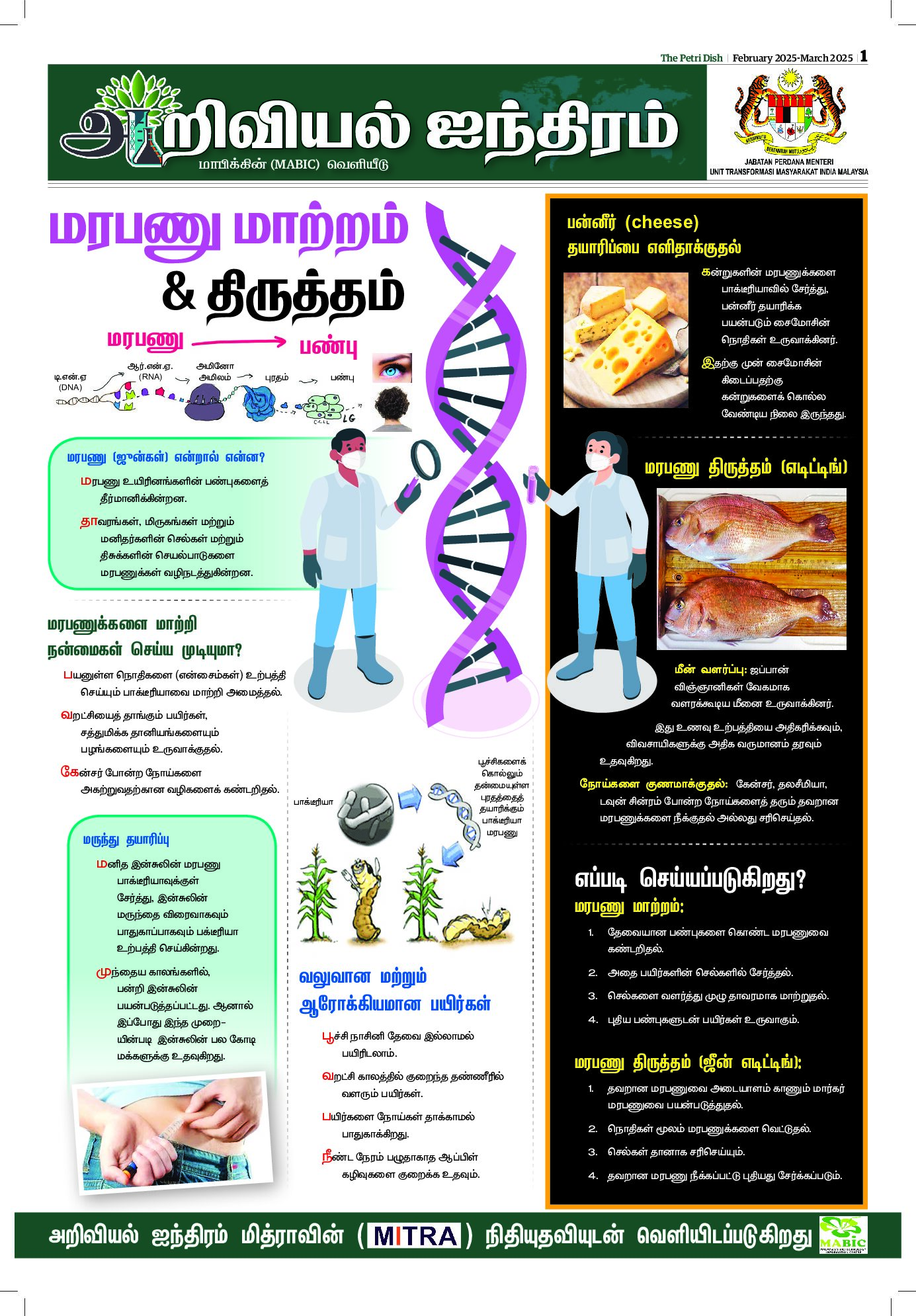ADHD is one of the most common neurodevelopmental disorders of childhood. It is usually first diagnosed in childhood and often lasts into adulthood. This disorder affects about 6% – 9% of children. However, about 60% of those children continue to have these symptoms as adults. Symptoms of ADHD tend to be noticed at an early age and may become more noticeable when a child’s circumstances change, such as when they start school. Most cases are diagnosed when children are 6 to 12 years old. People with ADHD may have trouble focusing their attention on a single task or sitting still for long periods of time. Many people experience inattention and changes in energy levels. For a person with ADHD, this happens more often and to a greater extent compared with people who don’t have the condition. It can have a significant effect on their studies, work, and home life.
The exact cause of ADHD is unknown, but the condition has been shown to run in families. Research also suggests that a reduction in dopamine is a factor in ADHD. Dopamine is a chemical in the brain that helps move signals from one nerve to another. It plays a role in triggering emotional responses and movements. ADHD cannot be prevented or cured. But spotting it early, plus having a good treatment and education plan, can help a child or adult with ADHD manage their symptoms.













